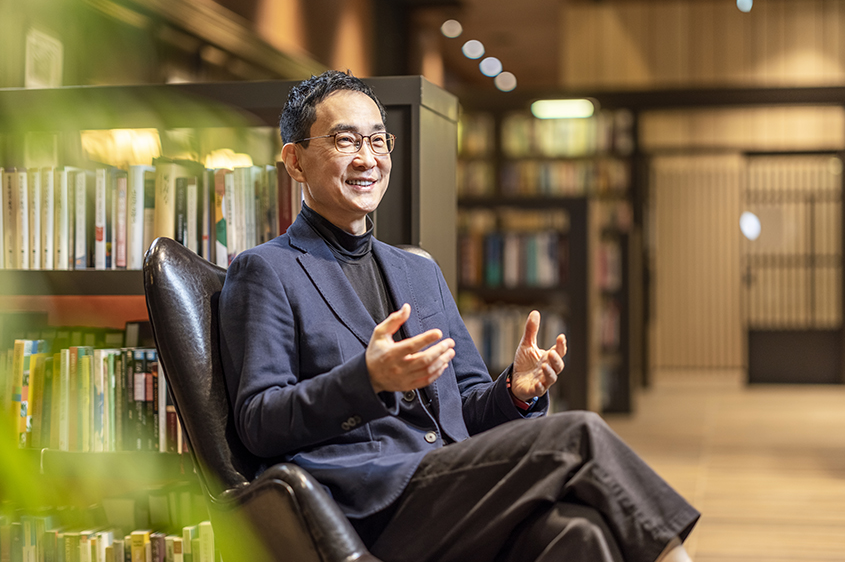Inner Communication Theory Based on the Active Inference Theory and Markov Blanket Model
Professor Joohan Kim's team develops the inner communication theory based on the active inference theory and Markov blanket model
Establishing the neuroscientific basis for inner communication meditation training to improve mental muscles and communication competence
Professor Joohan Kim, Department of Communication (College of Social Sciences), conducted communication research based on brain science and believes that communication occurring inside people (body and mind) must also be a field of communication research. The essence of his inner communication theory was derived from Karl Friston's free energy principle and active inference theory, and David Bohm's concepts of implicate order and enfolding.

Having been mentioned several times as a Nobel Prize laureate, Karl Friston is leading modern brain science, and his theories have a great impact on various fields of study, such as computational neuroscience, neuroscience, artificial intelligence (AI), psychiatry, and behavioral science. For several years, Professor Joohan Kim conducted joint research with Professor Karl Friston and published two articles in 2022. In the study in which Professor Kim participated as the first and corresponding author, he showed that the essence of “prediction” or “inference,” a core concept of Karl Friston, is ultimately “abduction” as well as inner communication. He also demonstrated that the generative model must be changed from the perspective of the Markov blanket model to change the way of inference in the brain.
This is important for two reasons. First, the inference mechanism of pain and emotion is the same. Second, improving mental muscles and communication competence, such as resilience through inner communication meditation training, eventually habituates functional connectivity for a new inference process to the brain.
Emotional dysregulation, such as chronic pain, anxiety disorder, and depression, is mostly caused by the loss of the ability to reduce the volume of internal sensory cues, most of which are mere noises. Changes must be made to the active inference process in order to escape emotional dysregulation or chronic pain. Above all, there must be a change in the generative order of the agents that give feedback on forecast errors and the pattern of interpretation. To this end, it is necessary to incapacitate the existing agent at the top of the hierarchical generative model, even just for a moment, and introduce a new agent in that place. This must be accompanied by the process of reflecting on oneself, that is, the process of self-reference.

The most effective method for this is to provide sensory information as well as a new generative model to interpret and predict that information in a healthy way through verbal communication. This study presents specific methods to temporarily incapacitate the existing agents based on the inner communication theory and to restore the capacity for the redeployment of attention by efficiently implanting a prediction model of new prior belief into the nervous system.
The study results were published on May 20, 2022 in the international journal of psychology Frontiers in Psychology.
Recommended Articles